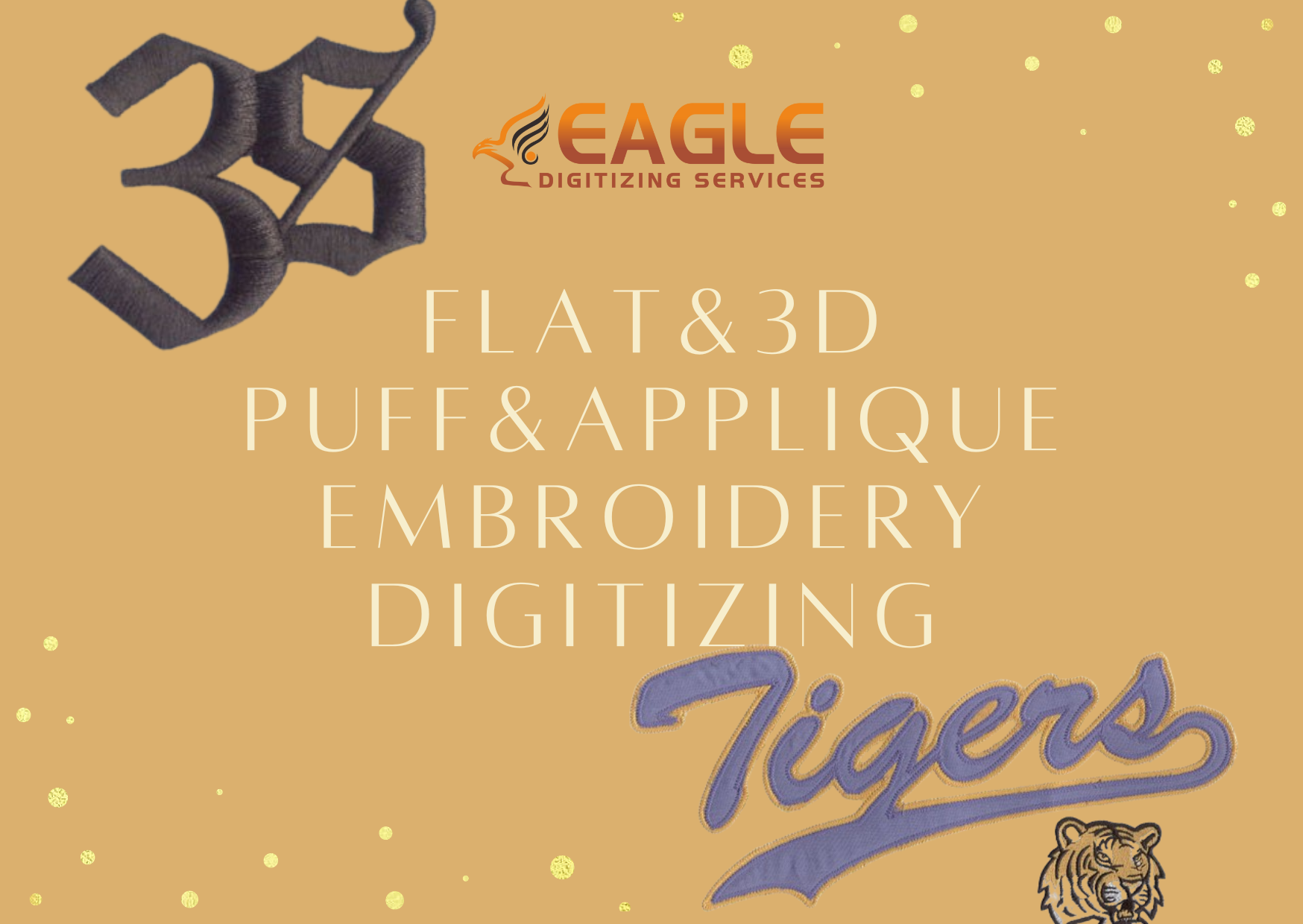What Innovations Are Making Tech‑Integrated Embroidery—Like Smart Textiles and LED Elements—More Popular?
In recent years, the embroidery industry has witnessed a significant transformation with the integration of technology. This evolution has not only enhanced the aesthetic appeal of embroidery but also expanded its functionality. The fusion of traditional embroidery techniques with modern technology has given rise to tech-integrated embroidery, which includes innovations like smart textiles and LED elements. These advancements are making embroidery more popular and versatile than ever before.
The Rise of Smart Textiles
Smart textiles, also known as e-textiles, are fabrics that have been embedded with digital components such as sensors, batteries, and microcontrollers. These textiles are capable of sensing environmental changes and responding accordingly. The integration of smart textiles in embroidery has opened up new possibilities for interactive and functional designs. For instance, garments can now monitor health metrics, adjust to temperature changes, or even change color based on environmental stimuli.
One of the key innovations in smart textiles is the development of conductive threads that can be embroidered into fabrics. These threads allow for the seamless integration of electronic components into the fabric, maintaining the flexibility and comfort of traditional textiles. This innovation is particularly beneficial for applications in sportswear, healthcare, and fashion, where functionality and comfort are paramount.
LED Elements in Embroidery
Another exciting development in tech-integrated embroidery is the use of LED elements. LEDs can be incorporated into embroidery designs to create dynamic and eye-catching effects. This technology is particularly popular in fashion and entertainment industries, where visual impact is crucial. LED-embedded embroidery can be used to create garments that light up in response to music, movement, or other stimuli, providing a unique and interactive experience for the wearer.
The integration of LEDs into embroidery is made possible by advancements in flexible circuit technology. These circuits can be embroidered directly onto the fabric, allowing for the incorporation of LEDs without compromising the fabric's flexibility. This innovation has paved the way for the creation of garments that are not only visually stunning but also highly functional.
Advancements in Embroidery Digitizing
Embroidery digitizing is the process of converting artwork into a digital format that can be read by embroidery machines. This process is crucial for the integration of technology into embroidery, as it allows for precise control over the placement and operation of electronic components. Companies like Eagle Digitizing have been at the forefront of this innovation, offering embroidery digitizing services that ensure high-quality and efficient production of tech-integrated embroidery designs.
With over 25 years of experience, Eagle Digitizing provides a range of services that cater to the needs of various industries. Their expertise in embroidery digitization ensures that designs are optimized for smooth operation and minimal thread breakage, making them ideal for tech-integrated applications.
The Role of Digitizing Companies
Digitizing companies play a crucial role in the advancement of tech-integrated embroidery. They provide the necessary expertise and technology to convert complex designs into digital formats that can be easily embroidered. This process involves the use of specialized software and skilled technicians who understand the intricacies of both embroidery and electronic integration.
These companies also offer valuable insights into the latest trends and technologies in the industry, helping businesses stay ahead of the curve. By partnering with experienced digitizing companies, businesses can ensure that their tech-integrated embroidery designs are both innovative and practical.
Future Trends in Tech-Integrated Embroidery
The future of tech-integrated embroidery looks promising, with ongoing research and development paving the way for even more innovative applications. As technology continues to advance, we can expect to see more sophisticated smart textiles and LED elements being incorporated into embroidery designs. This will likely lead to the creation of garments that are not only aesthetically pleasing but also highly functional and interactive.
Moreover, the growing demand for sustainable and eco-friendly products is likely to influence the development of tech-integrated embroidery. Innovations in biodegradable conductive materials and energy-efficient LEDs are already being explored, promising a more sustainable future for the industry.
As the boundaries between fashion, technology, and functionality continue to blur, the potential for tech-integrated embroidery is limitless. Whether it's for fashion, healthcare, or entertainment, the integration of technology into embroidery is set to revolutionize the way we think about textiles and design. How will these innovations shape the future of the embroidery industry, and what new possibilities will they unlock?


.png)
